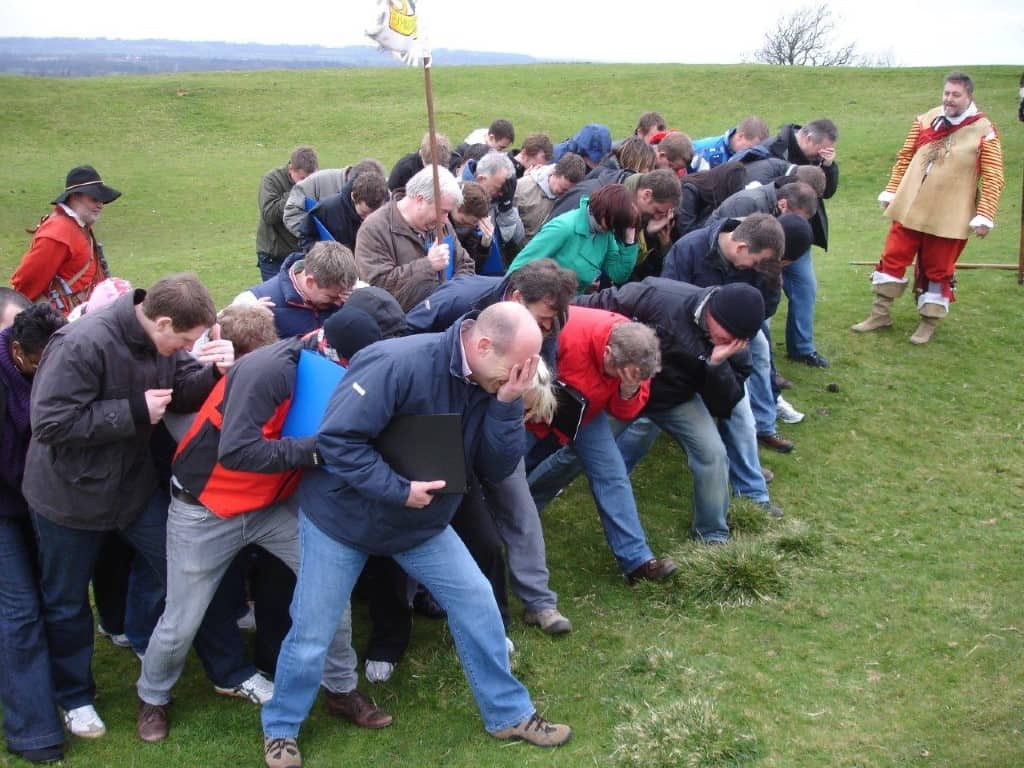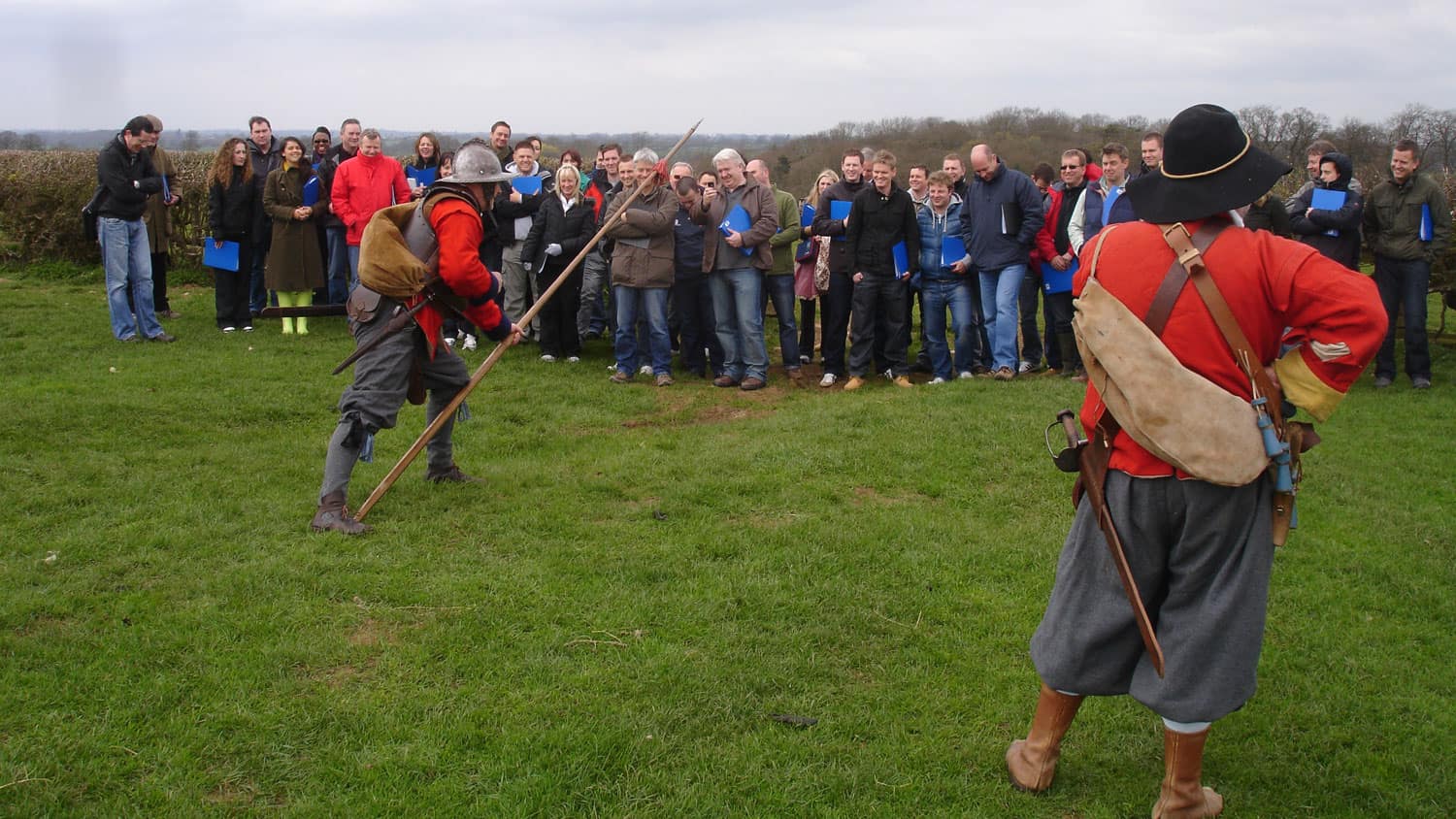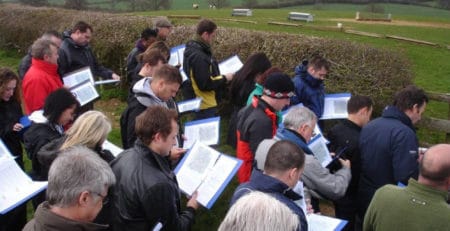How Do Team Building Activities Improve Productivity?
Generally speaking, productivity is defined as the level of output you obtain from a system, device or process over a given period of time expressed as a ratio for the amount of resources you put into it. When it comes to a production line or a motor engine, this is relatively easy to calculate but this is not always the case when it comes to teams.
After all, teams are necessarily made up of individuals who may all be working hard but – sometimes – ineffectively and – in other cases – doing similar work which overlaps unnecessarily.
Although it is fair to say that team building activities cannot directly impact on the business resources you put into a team – that is a question for business leaders to think about strategically – using them can make teams more productive. How?
Open Up Conversations
It is often the case that teams work in the manner they do because of nothing more than habit. Some teams will go about their business in a tried-and-tested way but fail to innovate usually because communication within teams does not allow for new ideas to come forward. People who work together often do not want to ‘rock the boat’.
By engaging in team building activities that are outside the world of work, key players will be able to open up new channels of communication which will serve them well when they get back to the workplace. Simply being able to communicate better, especially in problem-solving exercises, means that staff members feel more empowered to speak up, to change things and to improve them.
Encourage Ownership
When things go wrong at work, they take time and effort to resolve. The longer something is unresolved, the more you let down your clients and more resources are spent sorting out the issue down the line. This has an obvious impact on overall team productivity. When you engage in team building, your team members – both senior and junior – are encouraged to own such problems and to not ‘pass the buck’.
Just like senior military commanders who empower junior officers to react to the situation they are faced with, this means speedier resolutions to issues occur. Indeed, fewer problems should be passed up the management hierarchy unnecessarily. As a result, stakeholders will feel they are better looked-after while fewer man-hours are wasted dealing with issues that ought to have been handled better beforehand. In military history, this is known as the mission command approach, something that many businesses now use in highly effective ways.

Improve Camaraderie
Camaraderie, or esprit de corps, is a difficult thing to define exactly. That said, teams that have it, whether in sport or within commercial organisations, tend to run more smoothly. The reason for this is that team members trust one another more and will consequently ‘go the extra yard’ for one another.
Conversely, teams without it tend to have individuals who put up barriers with one another, operating in a less cooperative way and the organisation’s business development necessarily suffers, as a result. With greater camaraderie – the sort of thing that many team building activities aim to boost – so team members are willing to work harder for one another, thereby offering a demonstrable advantage to productivity of the organisation as a whole.






Leave a Reply
You must be logged in to post a comment.